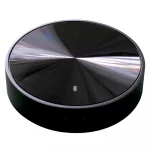Sponsored Links
Liverpool UK to Trial 200Mbps Powerline Communications Broadband Technology
Posted: 31st Dec, 2010 By: MarkJ
 Powerline Communications (PLC), a technology capable of delivering broadband Internet access to buildings along existing national grid power cables (electricity and internet traffic are separated via different wave lengths), looks set to make comeback in the UK after Liverpool city announced plans for a 200Mbps ISP trial with 1,000 homes.
Powerline Communications (PLC), a technology capable of delivering broadband Internet access to buildings along existing national grid power cables (electricity and internet traffic are separated via different wave lengths), looks set to make comeback in the UK after Liverpool city announced plans for a 200Mbps ISP trial with 1,000 homes.It's been approximately 5 years (2005) since we last heard about PLC being used in the UK, with SSE Telecom originally being one of the first to pilot its use (Old 2005 - 2003 News Archives). Back then the technology, which initially looked very promising, was unable to keep pace with faster and significantly cheaper copper based ADSL solutions. It also suffered from many regulatory hurdles due to interference problems.
However all that changed when the UK government released its new national broadband strategy, 'Britain's Superfast Broadband Future', at the start of December 2010. The document made a single isolated mention of how PLC could be used in the UK, while also stressing some of its pitfalls.
Dec 2010 Broadband Strategy Quote
3.14 An alternative option is powerline communications (PLC), which uses the electric power network for the transmission of broadband. In some cases, this may be the most effective method of delivering higher bandwidths, but we expect this to be fairly limited, primarily as the cost of deployment and providing services is relatively high.
We are also mindful of the potential impact this may have on radio users, with interference a possibility at higher frequencies. This could include interference to broadcast radio, aeronautical radio and navigation services.
3.14 An alternative option is powerline communications (PLC), which uses the electric power network for the transmission of broadband. In some cases, this may be the most effective method of delivering higher bandwidths, but we expect this to be fairly limited, primarily as the cost of deployment and providing services is relatively high.
We are also mindful of the potential impact this may have on radio users, with interference a possibility at higher frequencies. This could include interference to broadcast radio, aeronautical radio and navigation services.
The sad reality is that PLC technology, which is also known as Broadband over Power Lines (BPL), has long since missed the boat having failed to live up to expectations. At least that's what we thought until today's article in the Liverpool Daily Post, which talks about a PLC trial alongside installation of the new Smart Meters.
Just in case you've been living under a rock, all 24 Million Homes in the UK will be required to have a smart meter by 2020. The meters have a visual display that allows customers to see exactly how much electricity and gas they are using and relay the data to energy firms automatically. It saves money to install PLC at the same time.
Mark Knowles, a Low Carbon Economy Manager for The Mersey Partnership (TMP), said:
"This is another option to deliver super fast broadband without having to dig up streets. Since July, things started happening with equipment being put in. We have 12 substations in that area that we have been working on in a fairly low key way to avoid cable thefts."
"This is another option to deliver super fast broadband without having to dig up streets. Since July, things started happening with equipment being put in. We have 12 substations in that area that we have been working on in a fairly low key way to avoid cable thefts."
It's understood that the trial is being run by the combined efforts of Scottish Power and Plus Dane Homes, although precise cost and real-world performance details remain unknown. PLC technology has certainly been improved in the last five years and some European countries have continued to develop it. However the technology is not without its faults and few, if any, countries have adopted it on any kind of national scale.
Search ISP News
Search ISP Listings
Search ISP Reviews
Latest UK ISP News
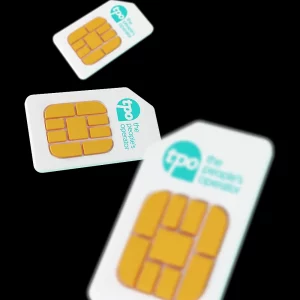

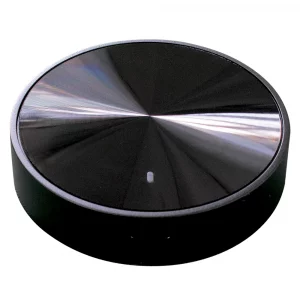

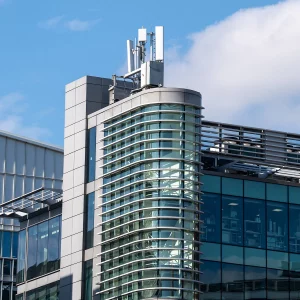
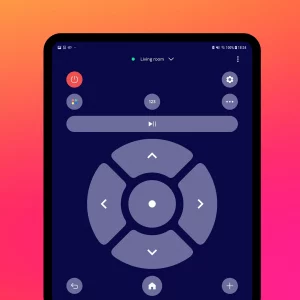


Cheap BIG ISPs for 100Mbps+
150,000+ Customers | View More ISPs
Cheapest ISPs for 100Mbps+
Modest Availability | View More ISPs
Latest UK ISP News
Helpful ISP Guides and Tips
Sponsored Links
The Top 15 Category Tags
- FTTP (6746)
- BT (3870)
- Politics (3052)
- Business (2744)
- Openreach (2642)
- Building Digital UK (2500)
- Mobile Broadband (2448)
- FTTC (2135)
- Statistics (2114)
- 4G (2071)
- Virgin Media (2004)
- Ofcom Regulation (1767)
- 5G (1705)
- Fibre Optic (1592)
- Wireless Internet (1587)
Sponsored
Copyright © 1999 to Present - ISPreview.co.uk - All Rights Reserved - Terms , Privacy and Cookie Policy , Links , Website Rules










